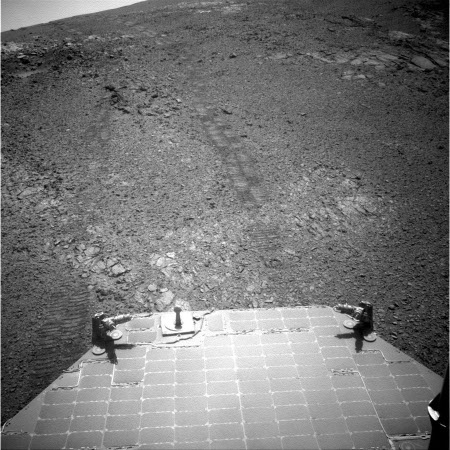TDRS-M launch moved to August 20
NASA has decided to delay the launch of its TDRS-M satellite until August 20.
This simplifies their launch schedule, as it allows SpaceX to launch as planned on August 12 and thus not interfere with an August 17 Russian spacewalk that is releasing two satellites from ISS. It will also give them plenty of time to replace the antenna that was damaged during launch prep, in an incident which they still have not described in any detail.
NASA has decided to delay the launch of its TDRS-M satellite until August 20.
This simplifies their launch schedule, as it allows SpaceX to launch as planned on August 12 and thus not interfere with an August 17 Russian spacewalk that is releasing two satellites from ISS. It will also give them plenty of time to replace the antenna that was damaged during launch prep, in an incident which they still have not described in any detail.




